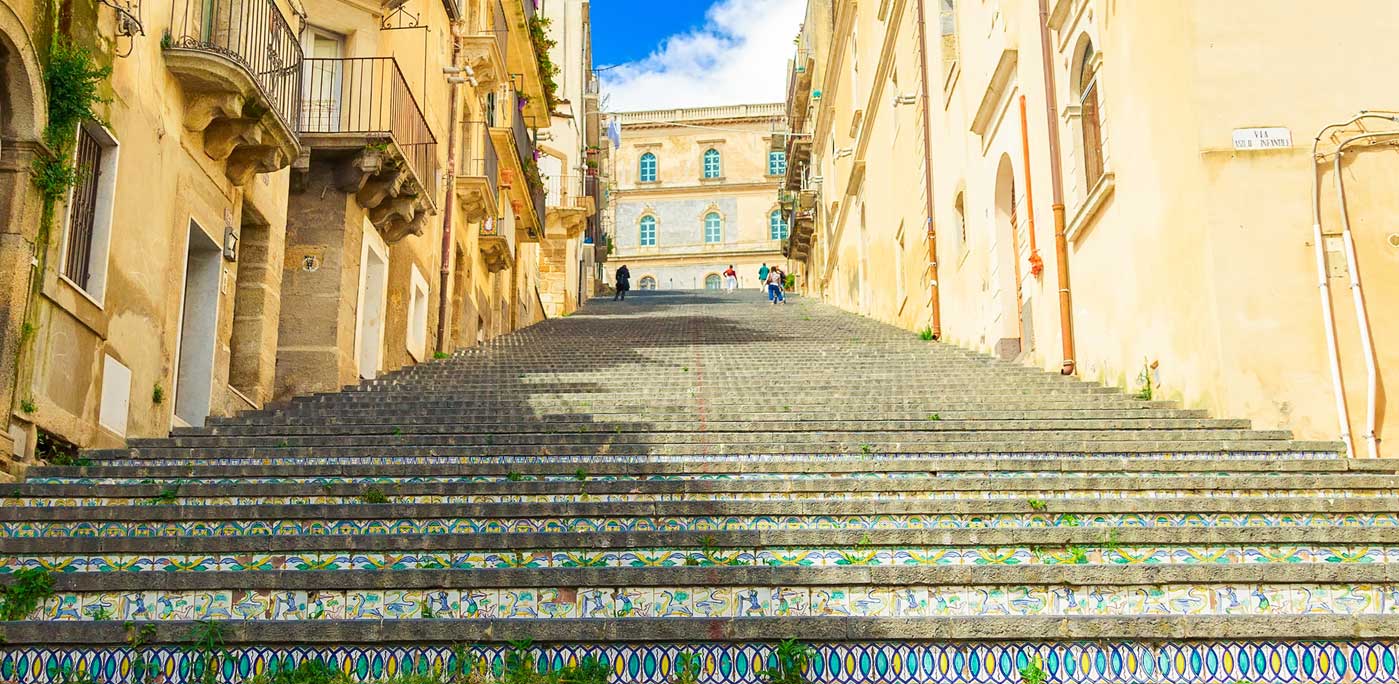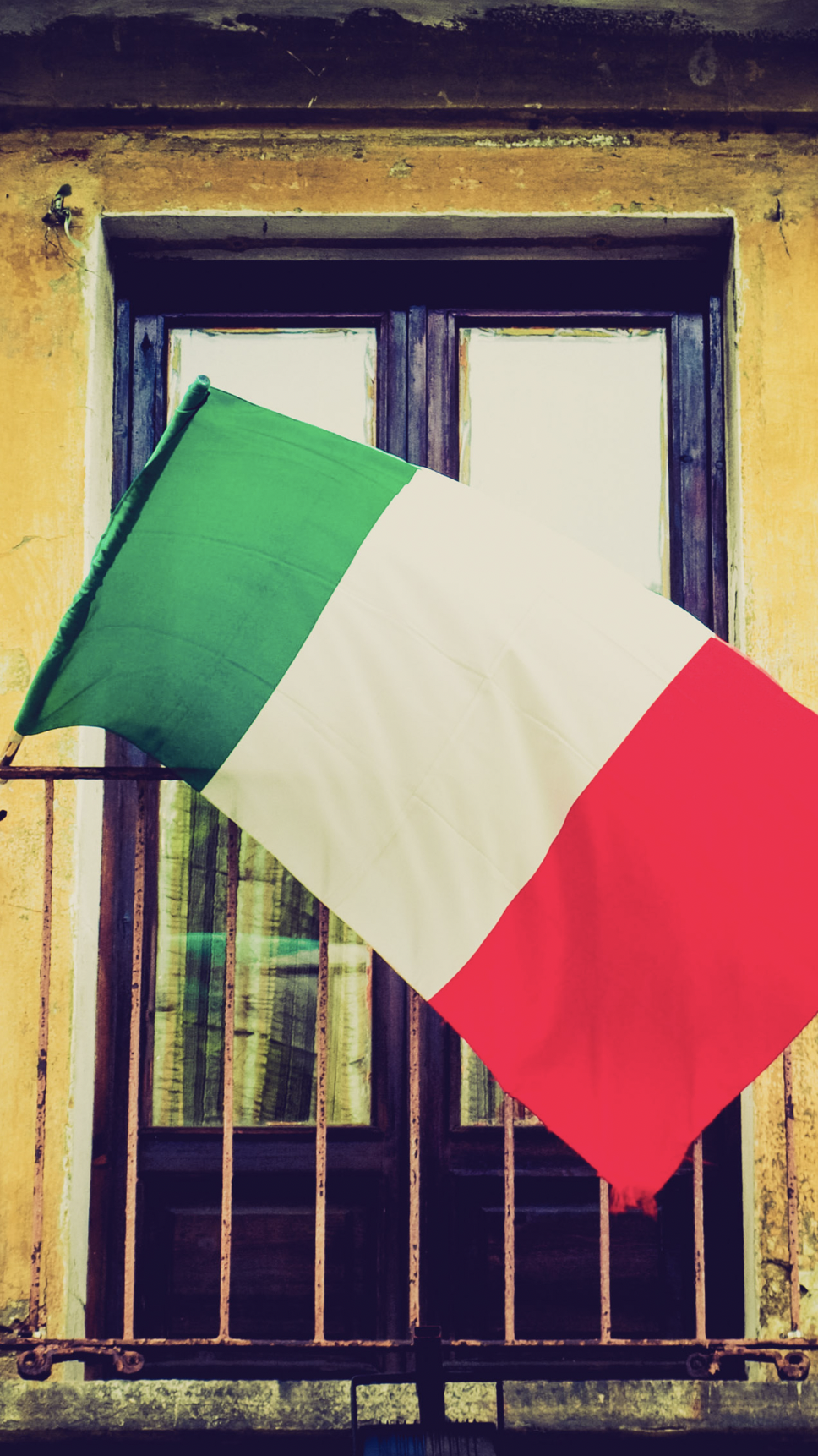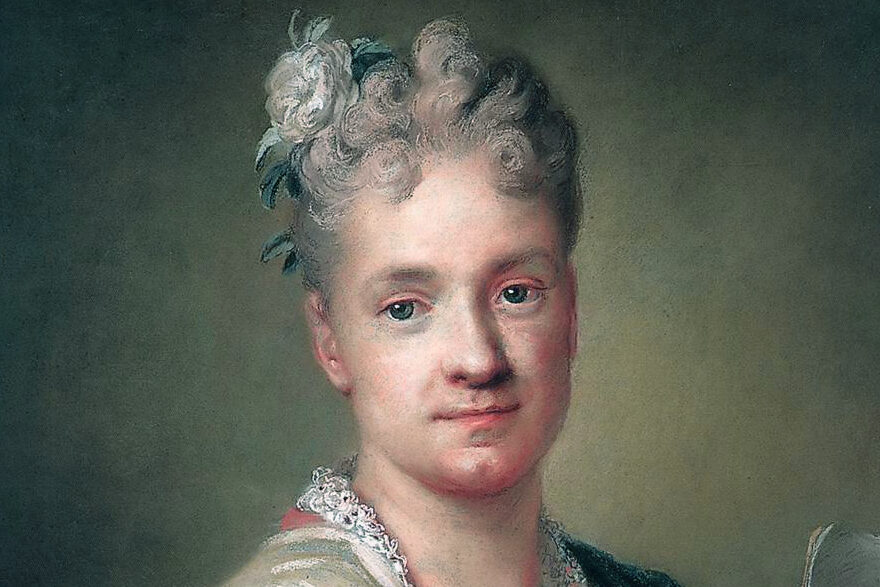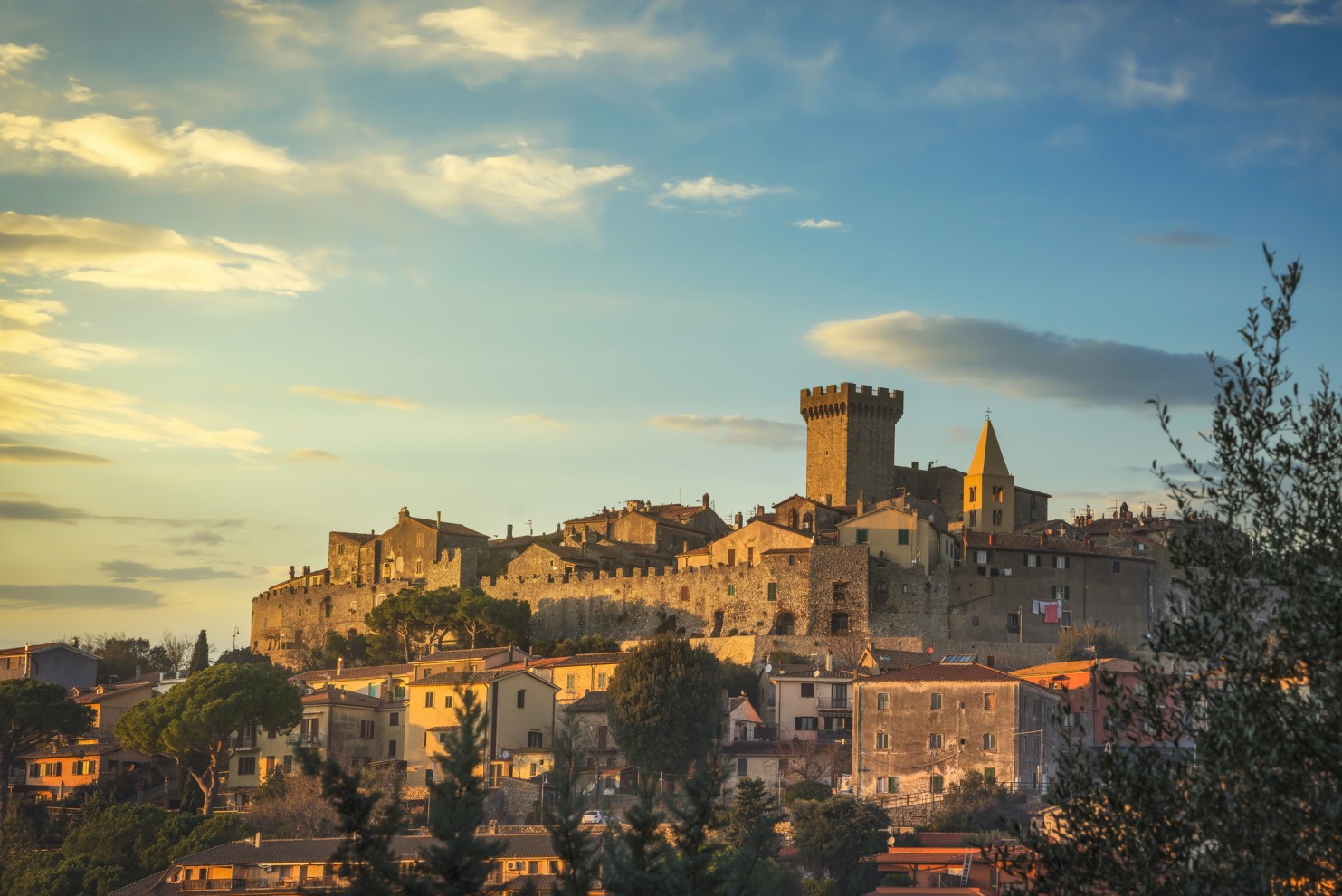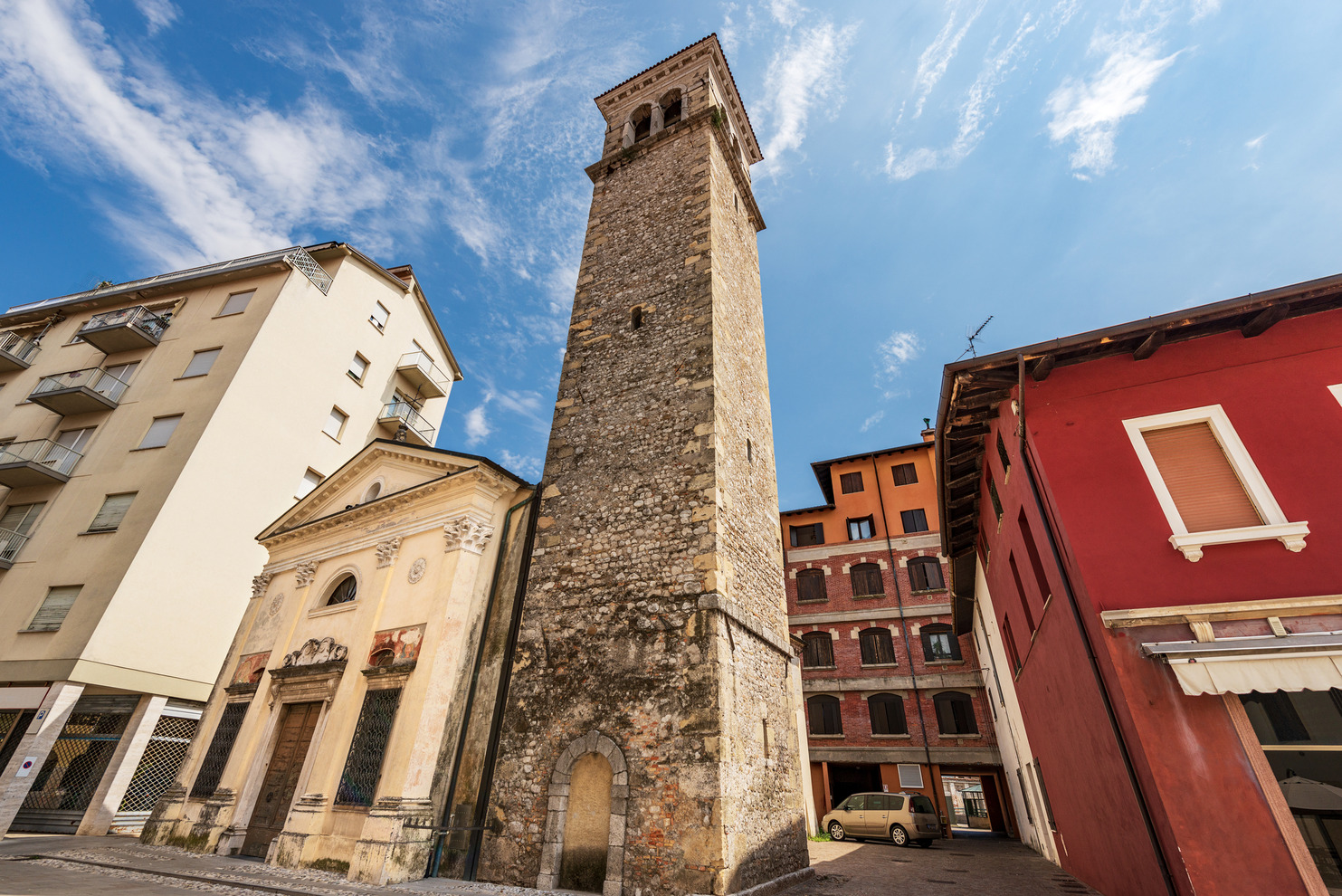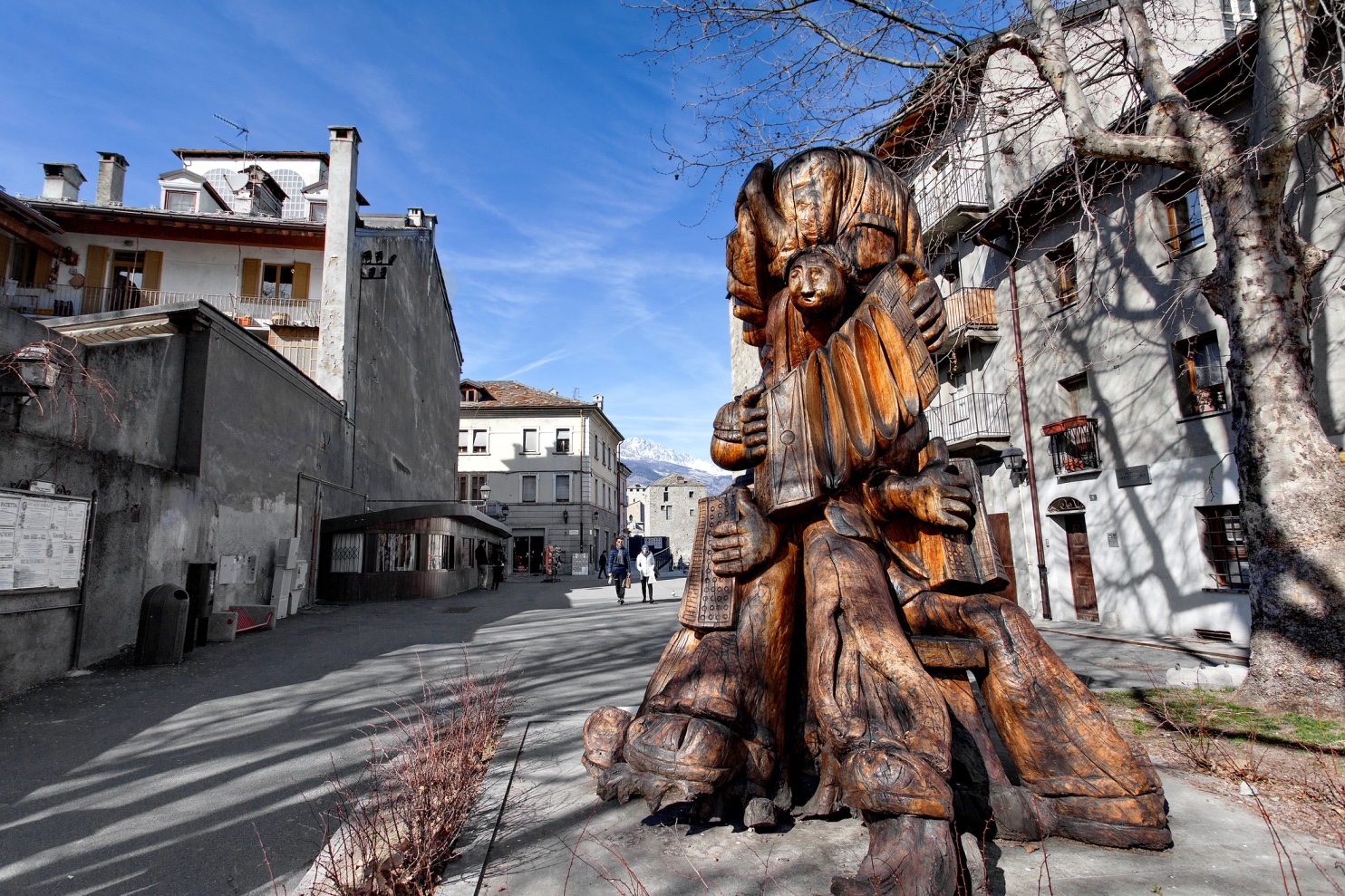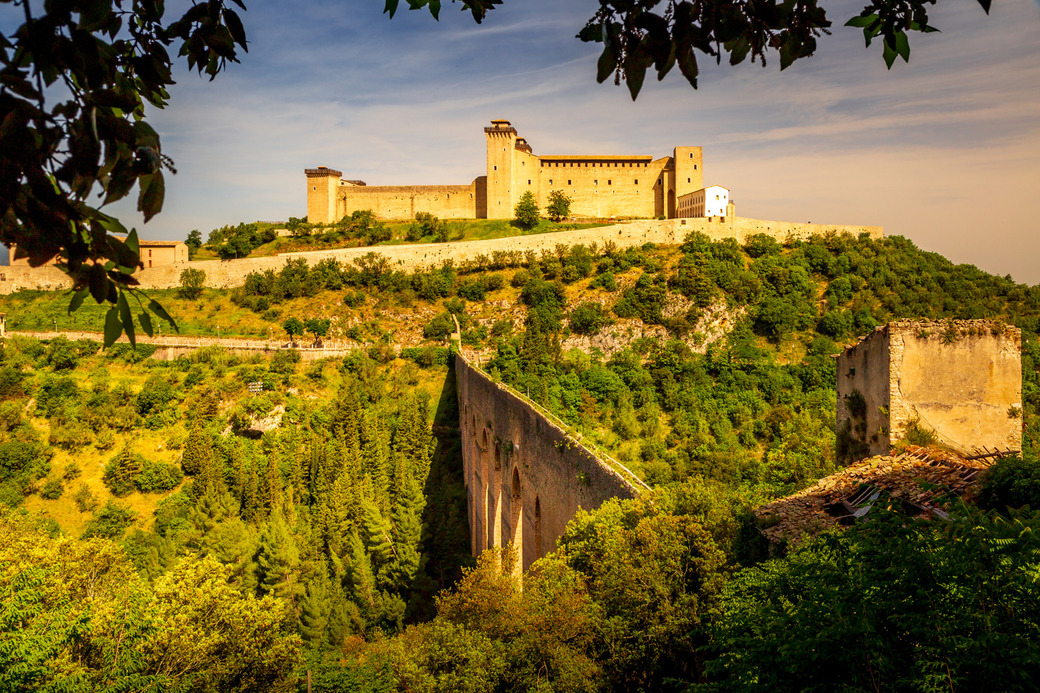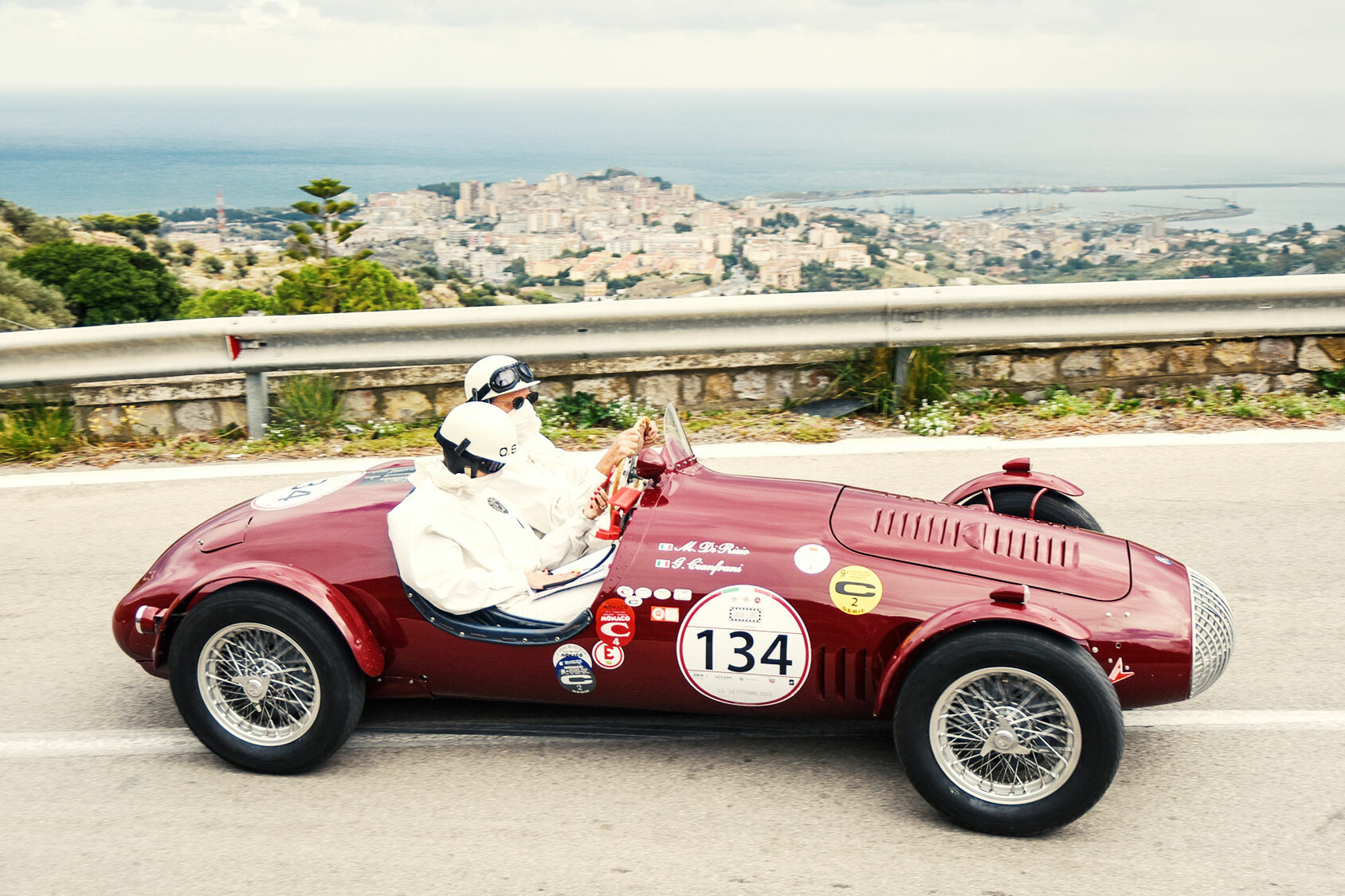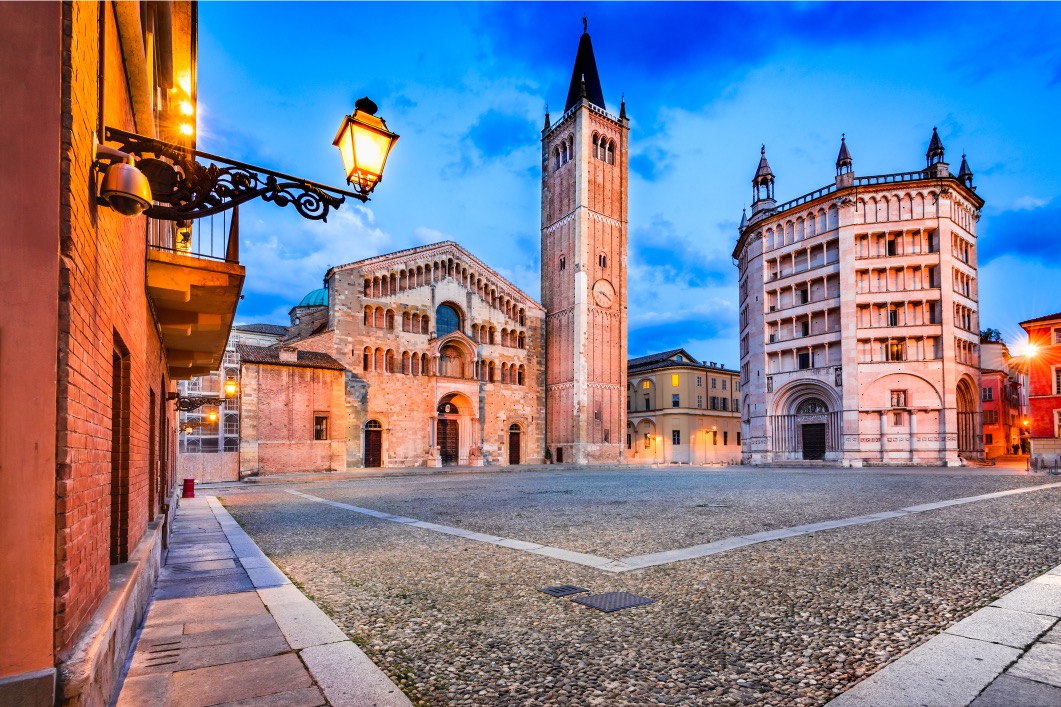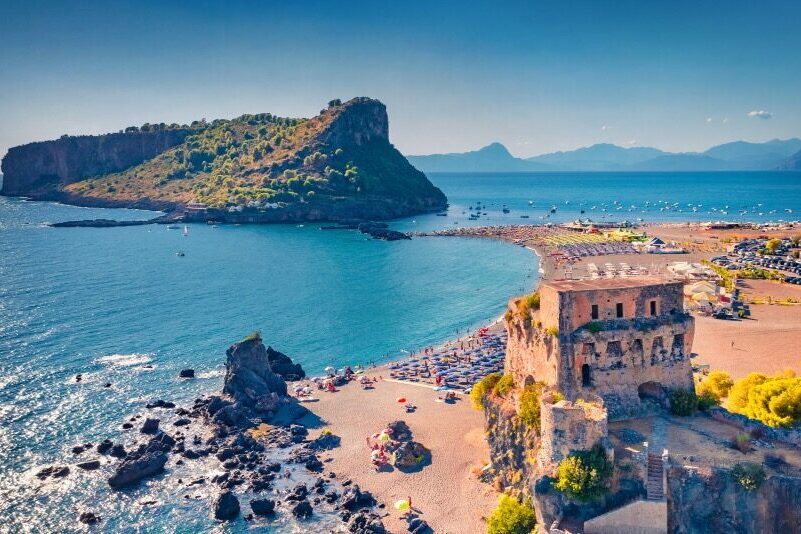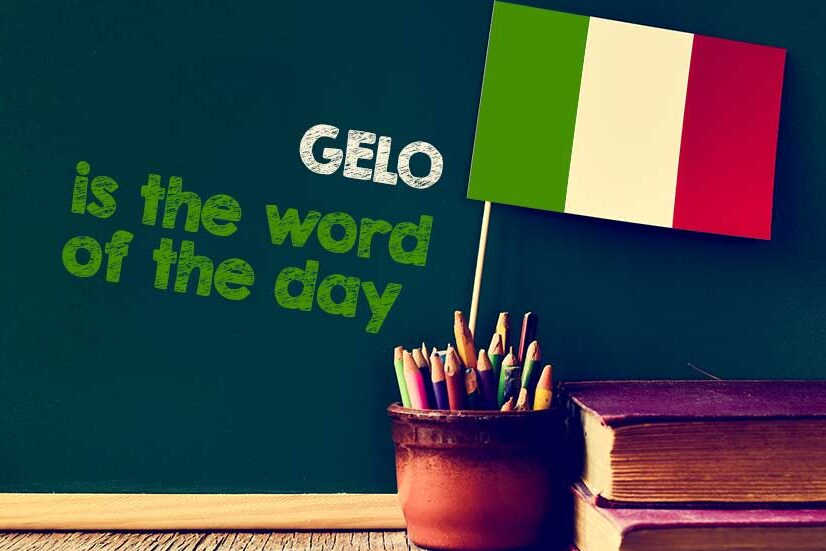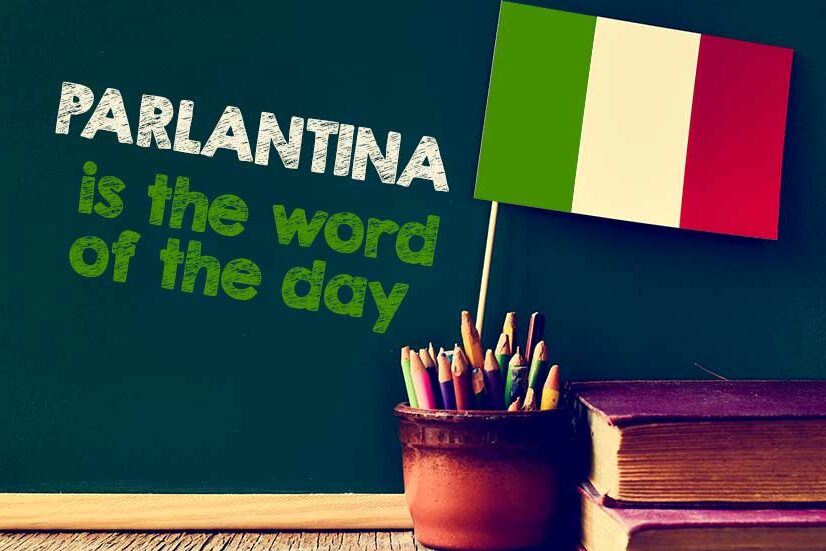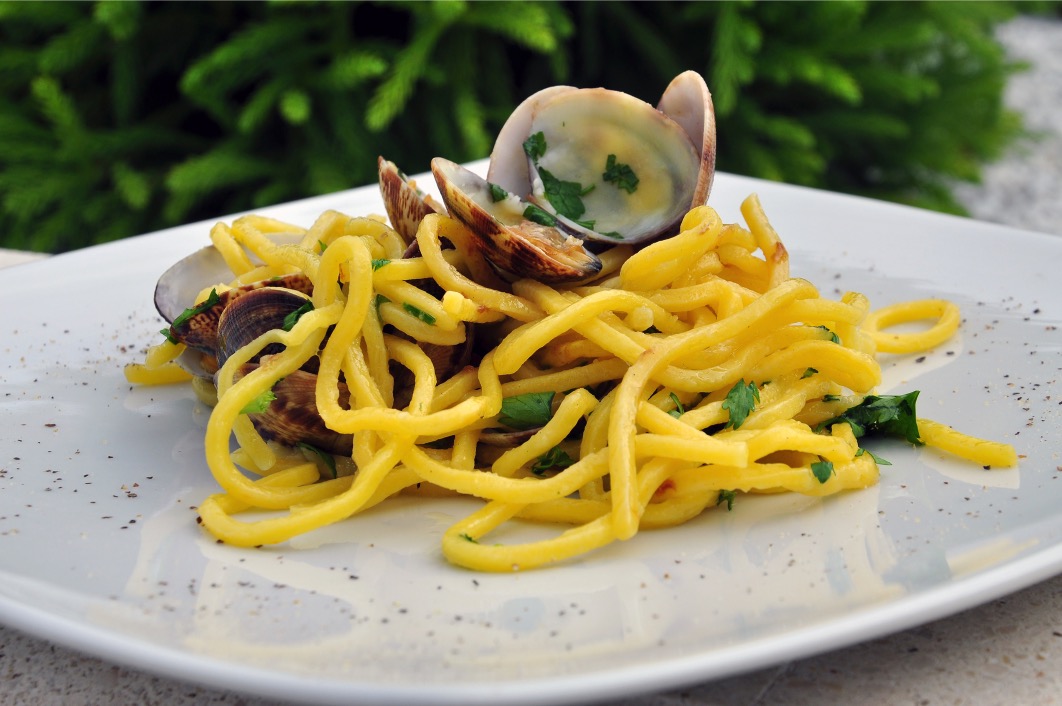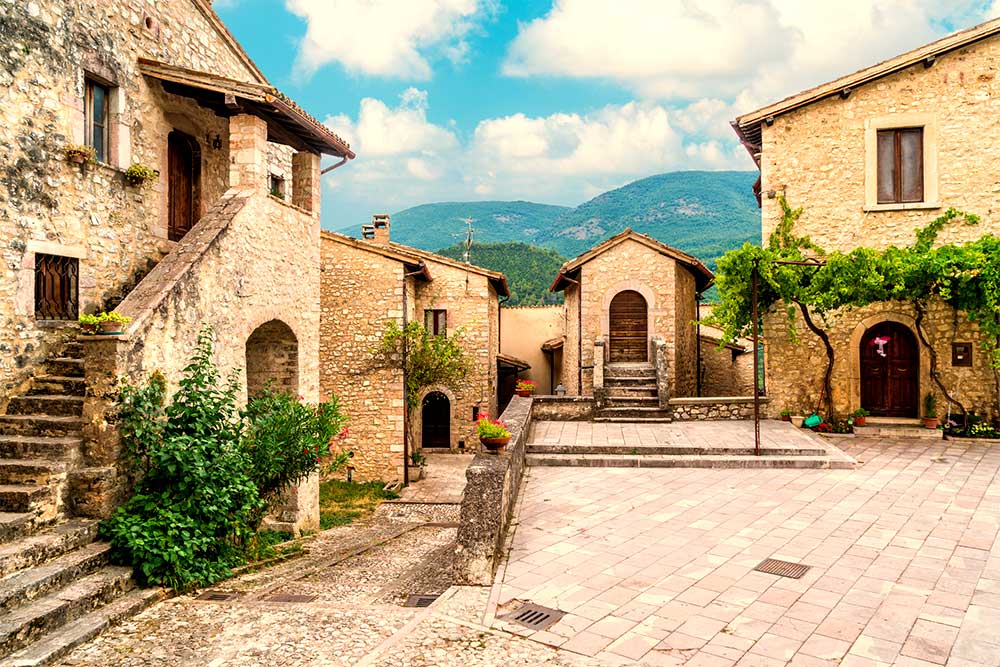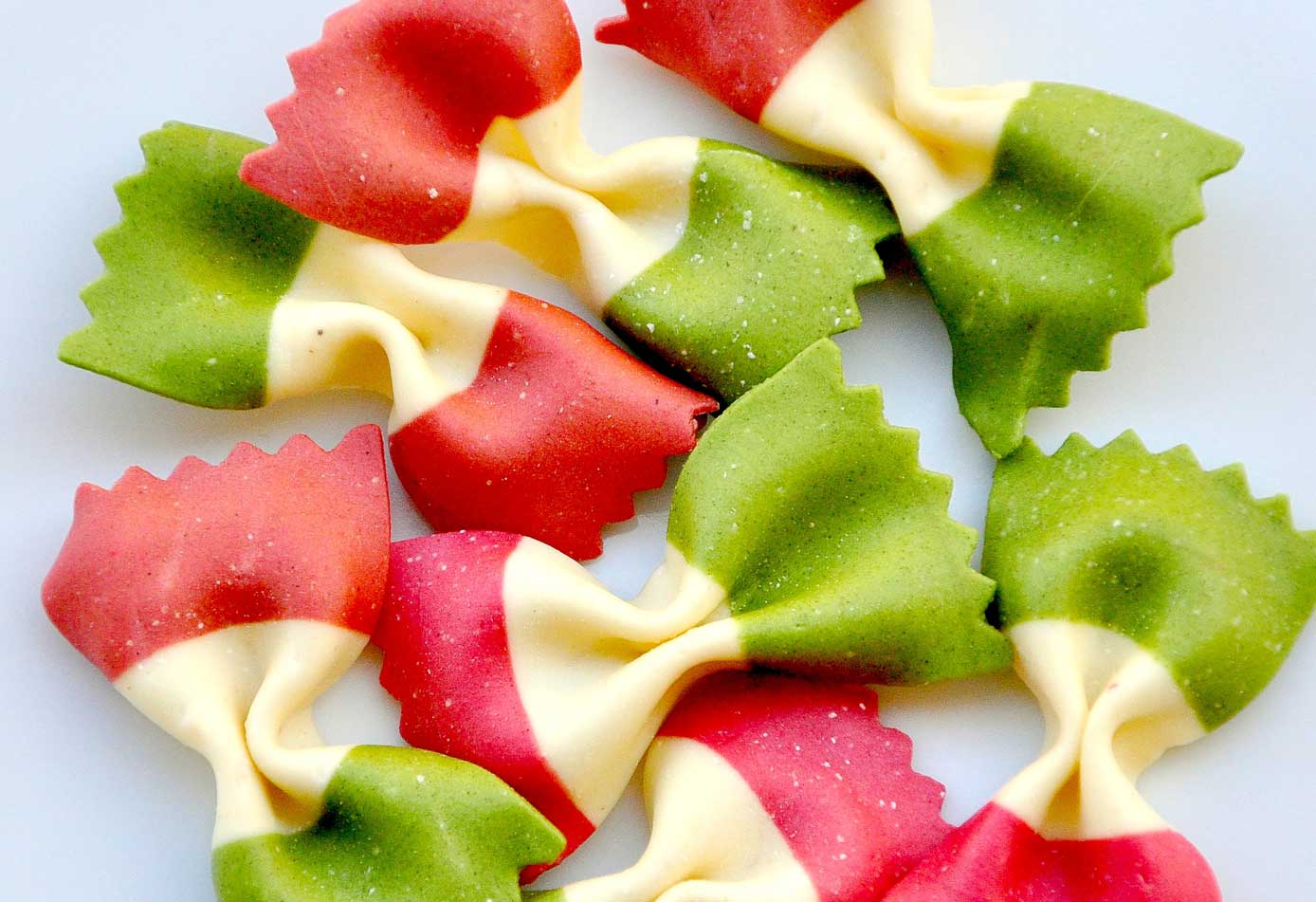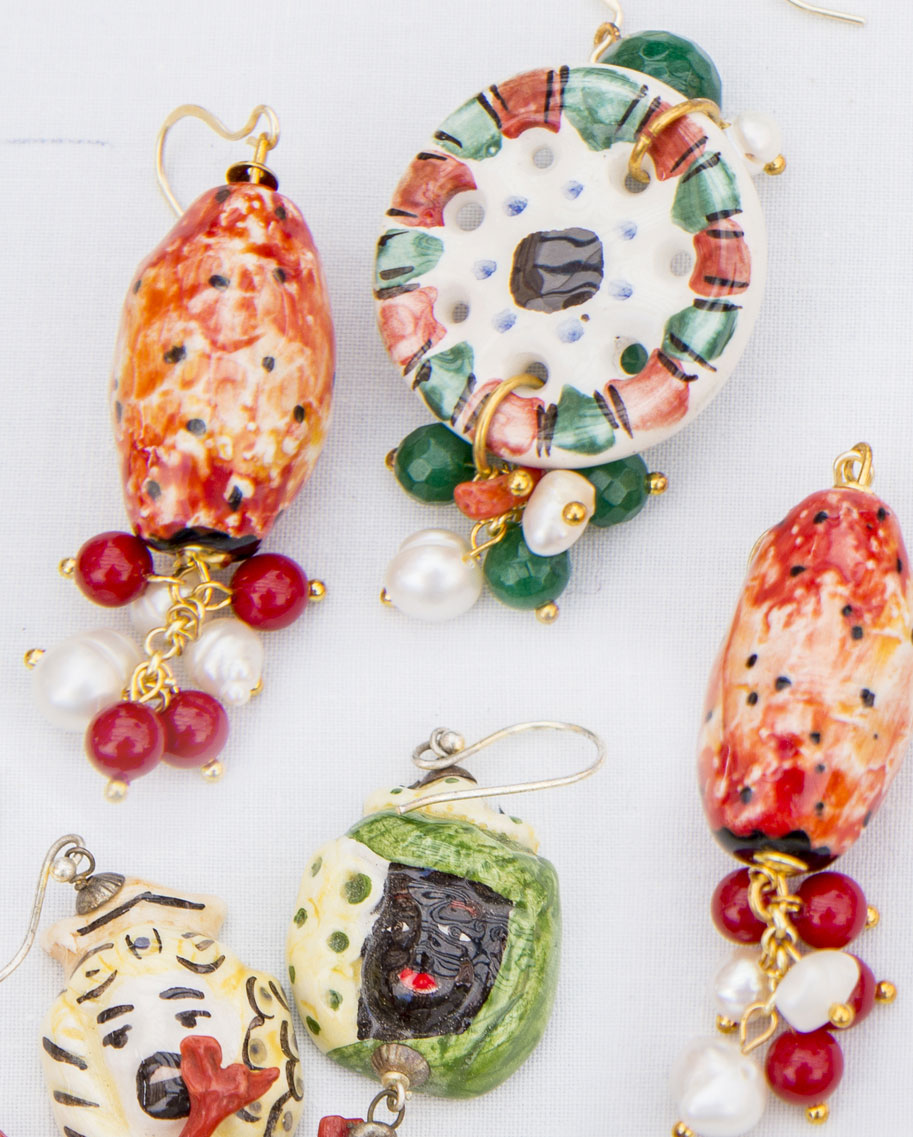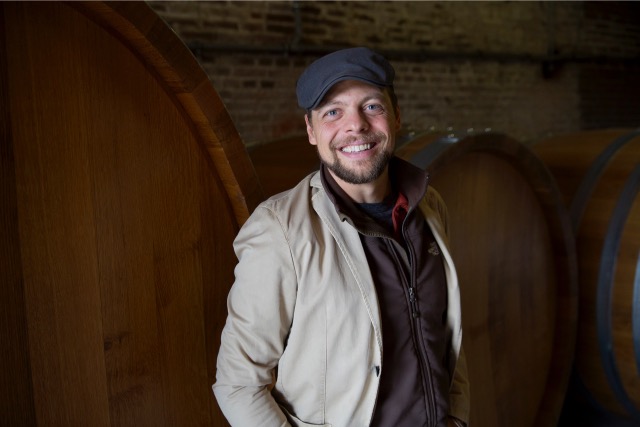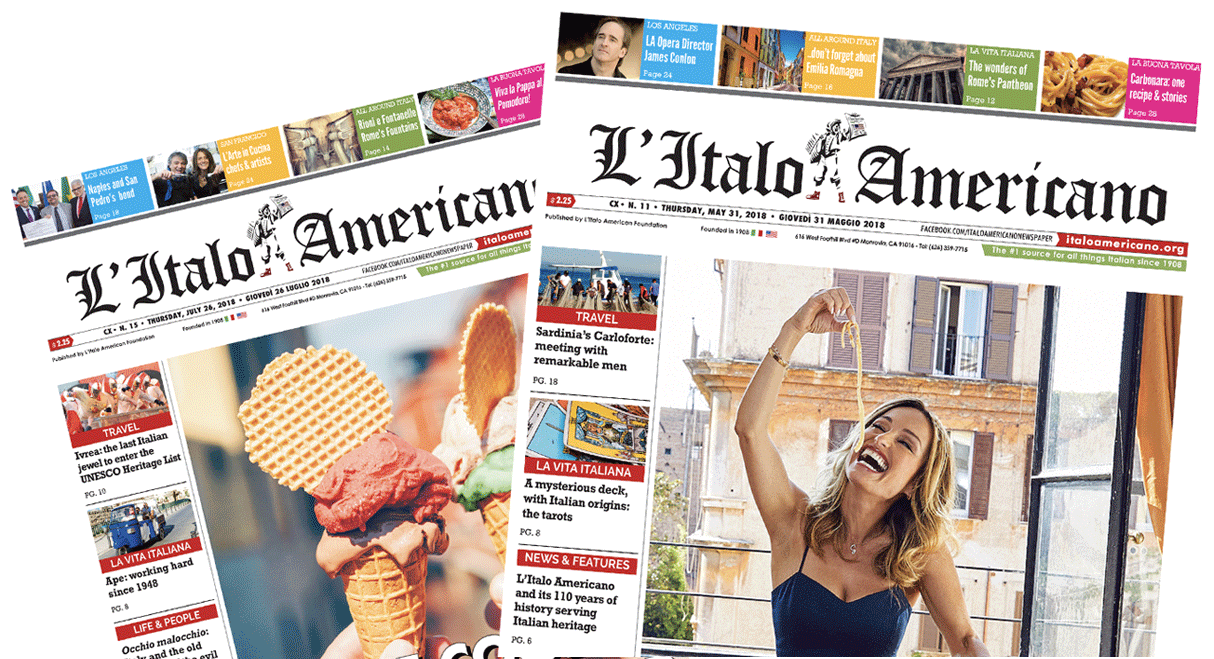Brimming with cultural vigor, strength and resilience, Caltagirone is the heart of the authentic, wild southeastern Sicily. The scenic town is a small slice of heaven just 40 miles from Catania that proudly acknowledges its multi-layered past.
It remains a visibly-striking late Baroque town. Its old historic center was listed as World Heritage Site by UNESCO in 2002, together with seven other locales in the Noto Valley. The town’s undeniable hallmark, top attraction and destination are the imposing Santa Maria del Monte Stairs linking the upper and lower towns. The spectacular, flowery 142-step staircase isn’t just a means of movement— each step is a statement and dramatic work of art.
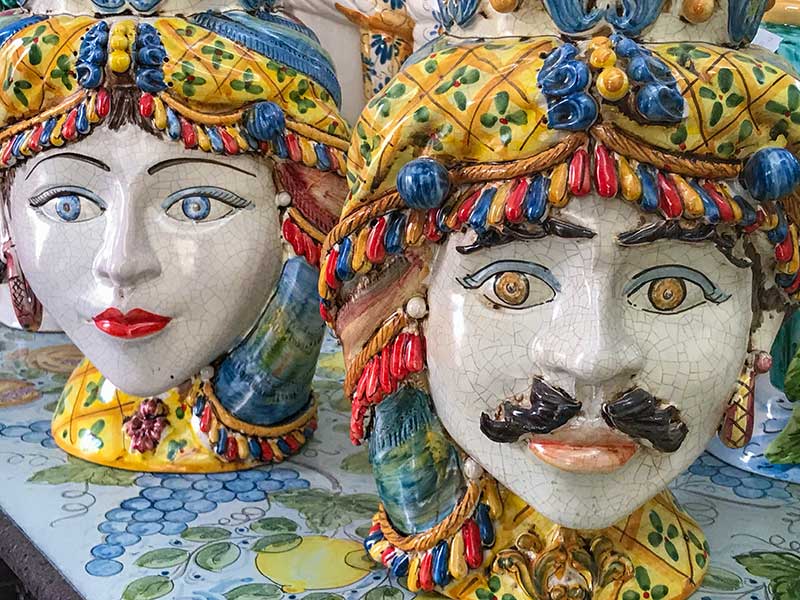
Ceramic heads made in Caltagirone (Copyright: Dreamstime)
The monumental staircase was built in 1606 and features hand-decorated majolica from different periods. “The entire work represents the art of decoration in Sicily,” says Giacomo Pace Gravina, professor of history of law at Messina University and a resident of Caltagirone. His maternal side of the family, the Gravinas, are one of the most historically important families in the area. They own the daunting Palazzo Gravina that whispers of barons and princes. It sits at piazza Municipio, its intact beauty supporting an ornately carved stone balcony.
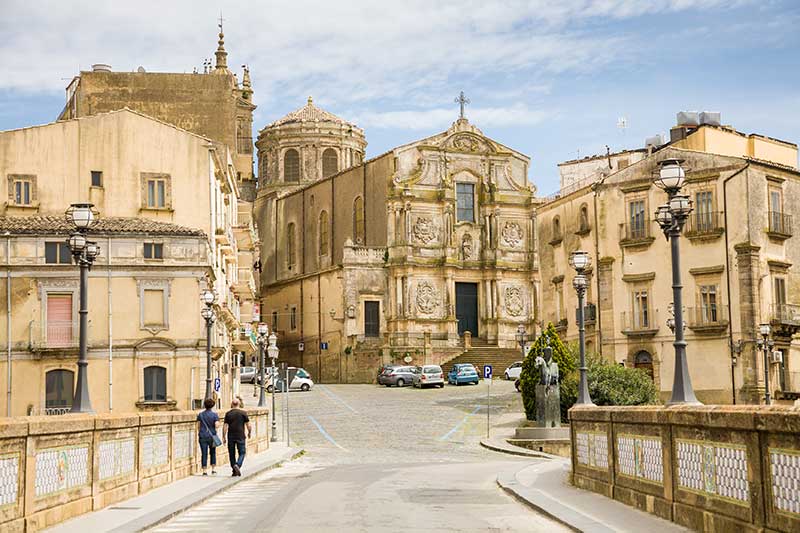
A beautiful view of Caltagirone’s San Francesco d’Assisi all’Immacolata (Copyright: Dreamstime)
Caltagirone’s glorious palaces are features of the place, together with a profusion of patrician villas and majestic churches that soar into the blue. Visitors are offered a spatial and sensorial immersion into mesmerizing beauty. That beauty even defeated death. Life, as we know, has always been fraught with peril. In 1693 misfortune couldn’t be avoided when a catastrophic earthquake devastated the Noto Valley, causing the deaths of about 60,000 people. “Luckily, Caltagirone lost only 1,000 inhabitants and many monuments were spared,” says Pace Gravina. Yet, after the great seismic event, the town gave top priority to revamping its buildings through innovative architecture.
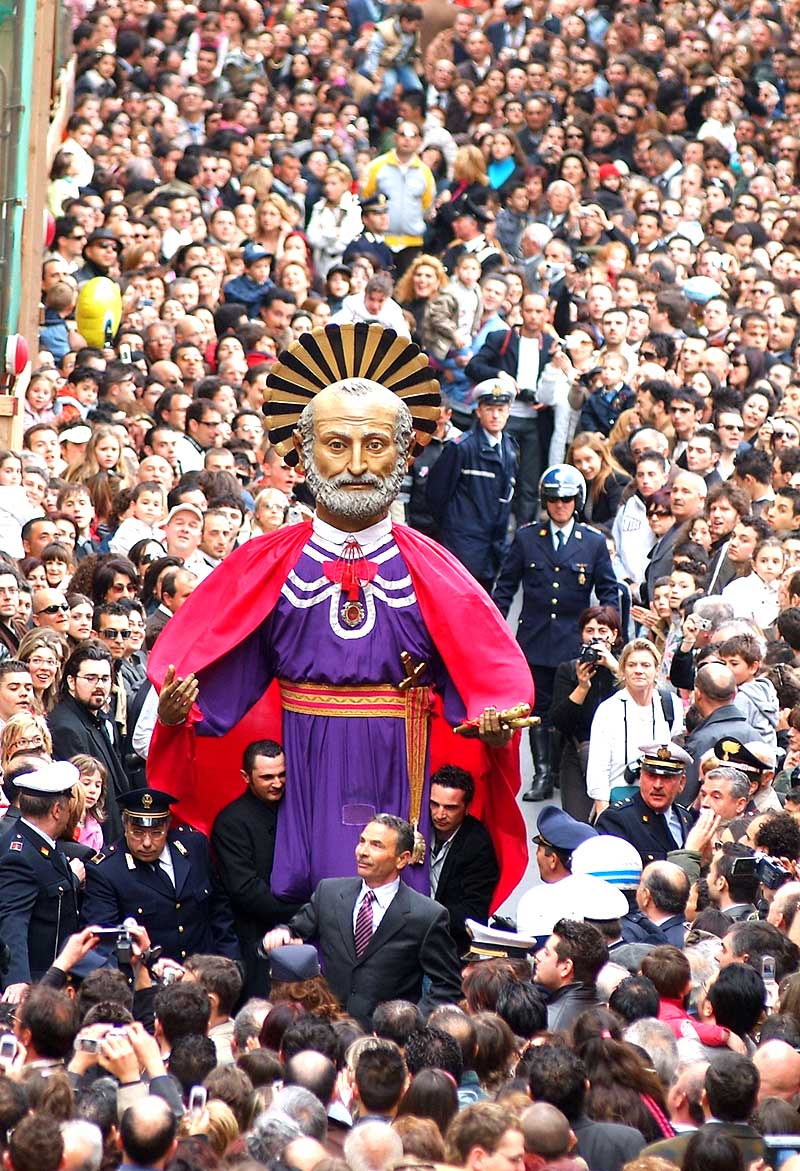
(Copyright: Luigi Falcone)
Caltagirone’s true essence is also expressed along a labyrinth of carrugi, or narrow lanes, that give an interesting structure to the urban plan. Built in the early 11th century by Genoese troops who left traces of Ligurian language in the current local dialect, these labyrinthine alleys capture the drama of the ancient locals who took refuge inside them to hide from Arabic attacks. And an Arabic flair is everywhere in Caltagirone, which derives its name from the Arabic words “gal’at-al-ghiran”, or Hill of Vases.
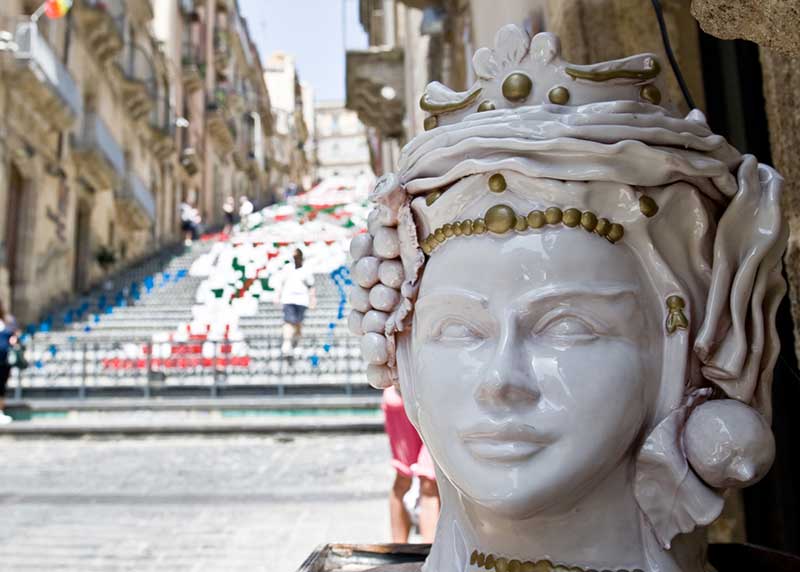
(Copyright: Andrea Annaloro)
Believed to have been inhabited even in prehistoric times, the site has yielded two necropolises and many archeological Greek artifacts such as a large krater vase depicting a potter at work under the protection of goddess Athena.
Caltagirone plays an important role in the history of ceramics worldwide. The art of majolica art – tin-glazed pottery – has been produced here since time immemorial. “The raw material, the natural clay, is dug out from our mountains,” says Pace Gravina, whose paternal grandfather Biagio Pace was a noted archeologist in the ‘30s and ‘40s.
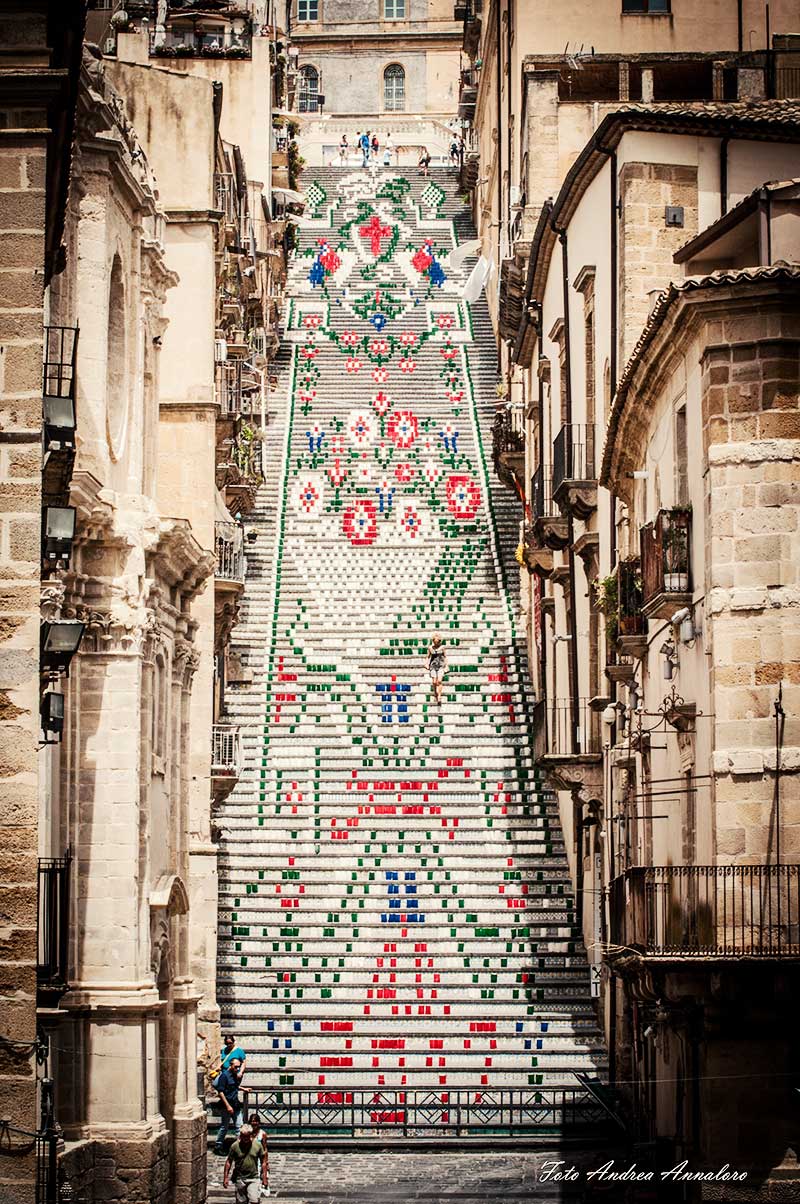
(Copyright: Andrea Annaloro)
Caltagirone is located at 611 m above the sea between the Erean and the Hyblaean Mountains that are composed of limestone. It has deep clay caves all around. Local artisans are steeped in traditional majolica techniques that imply hand painting the pieces before they are glazed.
It is delightful to stroll along the cobbled streets generously supplied with artisan boutiques displaying the iconic Moorish heads, gigantic green, red and blue pinecones and miniature ceramic owls and snails. Typical Caltagirone motifs appear on ware. Every piece is unique and attains the highest level of craftsmanship. The colors are gold yellow, copper green, cobalt blue and manganese.
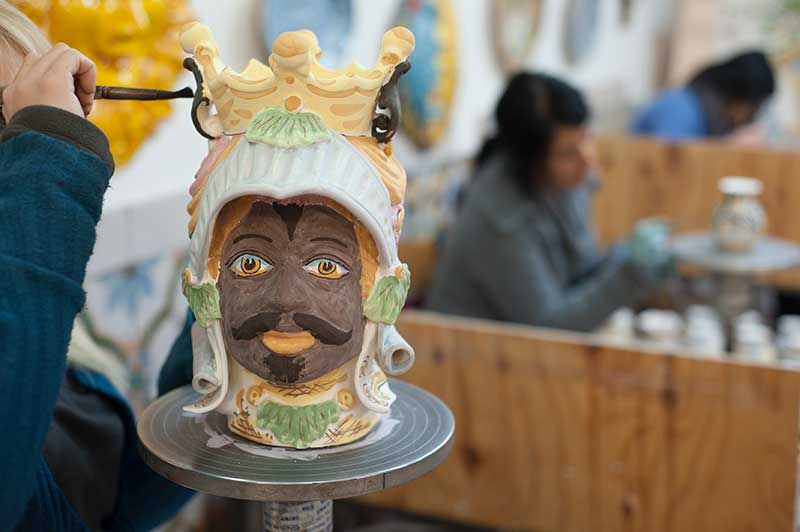
Working on a Moorish head in Caltagirone (Copyright: Dreamstime)
The top attractions in town include the ceramics museum, the 18th century Borbonic jail that features a chamber of torture, a crèche museum showcasing the best of the Sicilian tradition, and the public garden. Among the many churches, the Basilica Collegiata, Saint James Church, Saint Bonaventure Church and the Church of Santa Maria di Gesù are not to be missed.
The place is bustling with tourists, yet local young people leave. “The millennials who earned a good-grade degree are forced to do that. They look for opportunities that they cannot find here,” says Pace Gravina.
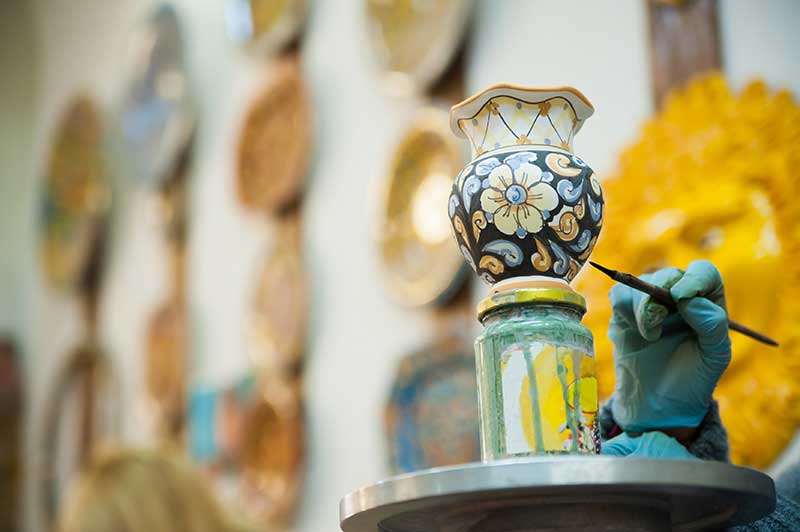
(Copyright: Dreamstime)
Many Calatini, as inhabitants of Caltagirone are called, left for the US during the first wave of migration between around 1880 and 1924. The majority of them settled in Brooklyn, New York. Among them was the family Bagnara, who gave hospitality to the Catholic priest and prominent politician don Luigi Sturzo when he landed in New York on October 1, 1940 after a London exile. One of the most illustrious sons of Caltagirone, Sturzo founded the Partito Popolare Italiano in 1919, but with the rise of Fascism was forced into exile in 1924 in London, and later NY. His remains rest in Caltagirone.
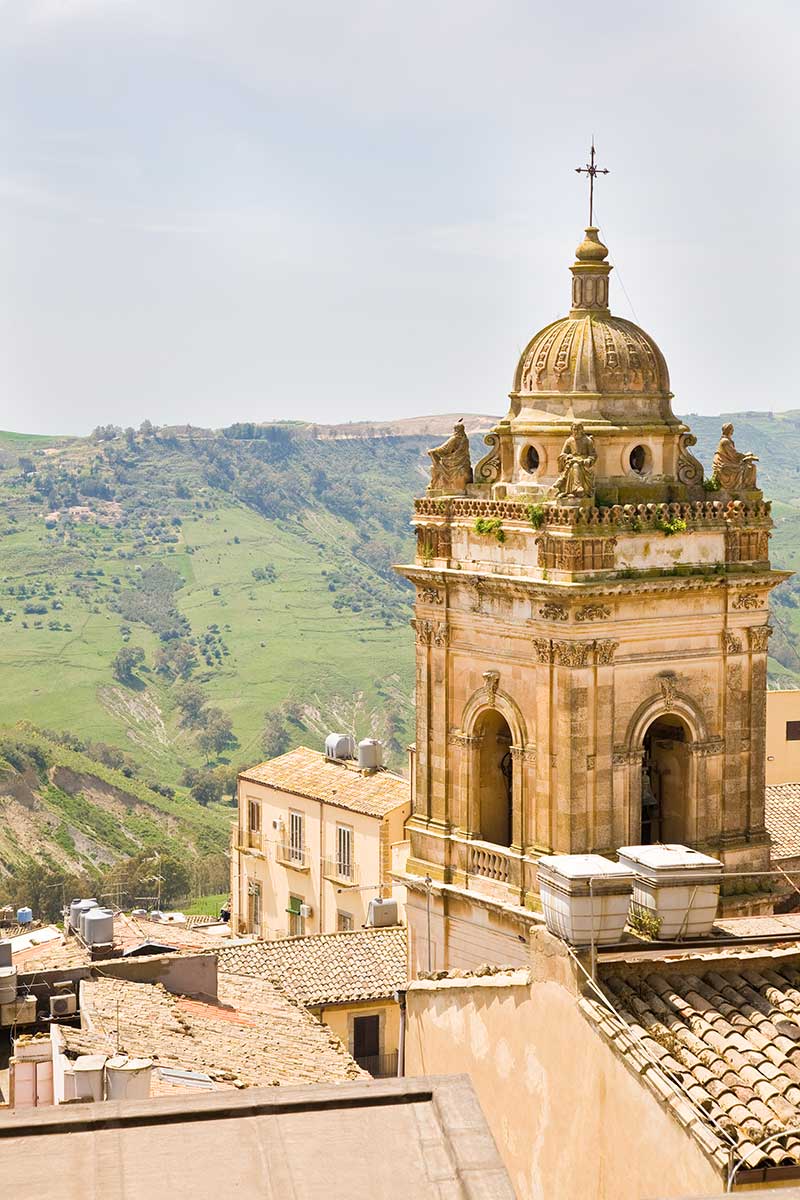
Another scenic view of Caltagirone, from the top of its famous stairs (Copyright:Dreamstime)
On July 25, this colorful town dresses up for its liveliest and most explosive festa to honor their patron saint, San Giacomo. The celebration includes a couple of weeks of religious festivals, vivid local folklore and a riot of colors on the Santa Maria del Monte stairs illuminated by oil lamps to form a huge mural or mosaic up the entire set of steps.
“Foreigners fall in love with our magnificent land that retains an authentic and timeless atmosphere,” says Pace Gravina.
